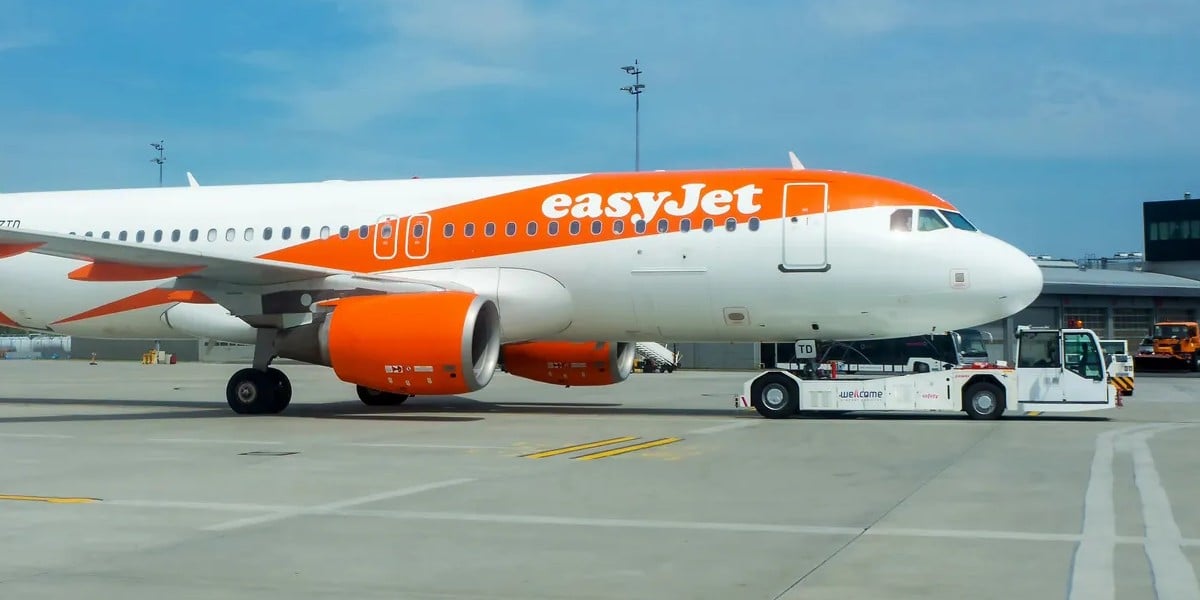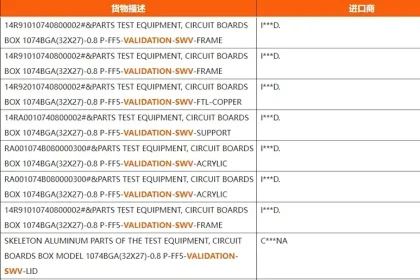Airbus last week revealed it has certified a “Taxibot” to transport its single-aisle planes from stand to runway.
As explained in an Airbus post, the SESAR project that aims to digitize air traffic control across Europe created a sub-project called HERON (Highly Efficient gReen OperatioNs) that aims to reduce the aviation industry’s environmental impact.
Taxibot is a HERON project and meets its goals by using a vehicle to pull aircraft from an airport stand to the runway, rather than having the plane use its jets to make the journey. Airbus thinks Taxibot could save half the fuel planes use on the ground.
Jets are noisy, produce pollution, and are expensive to operate and maintain. Taxibot therefore has the potential to improve airlines’ bottom lines, make airports a little quieter, and make the aviation industry a little more sustainable.
As show in the video below, a human drives Taxibot to a plane and hooks it up to its front wheel and internal systems. A pilot aboard the plane then takes over operation of Taxibot and – using the same controls used to steer the plane under jet power – drives close to the runway. Taxibot’s driver doesn’t have anything to do until the pilot disengages.
At that moment, Taxibot drives away, and the Airbus pilot fires up their plane’s engines.
Here’s a video showing Taxibot in action.
Youtube Video
Sharp-eyed readers may have noticed that video is a few years old. That’s because Airbus has tested Taxibot for years.
However, it was only last week that the European aerospace giant announced that it has certified the aircraft modifications Taxibot requires for use on its single-aisle aircraft.
Airbus shows off uncrewed AI-powered Wingman for fighter pilots
Airbus to test sat-stabilizing ‘Detumbler’ to simplify astro-garbage disposal
Airbus A380 flew for 300 hours with metre-long tool left inside engine
Airbus commissions three wind-powered ships to sail the Atlantic
Airbus makes two such aircraft families, the A320 and the A220.
While the plane-maker’s post doesn’t specify if Taxibot works with both, it includes images of A320s.
The Register is aware that some airlines require the A220 to start its engines after pushback from a gate, and that the process is sufficiently time-consuming that allowances must be made to ensure the procedure doesn’t create a traffic jam at some airports. Taxibot could help in such situations by towing planes to less congested taxiways.
Several airports are already trialing Taxibot, among them the Netherlands’ Schiphol, New York’s JFK, Paris Charles de Gaulle, plus airports in New Delhi and Brussels.
Taxibot’s maker plans an all-electric version of the vehicle to debut in 2026 and is also working on a version to haul widebody jets. ®










